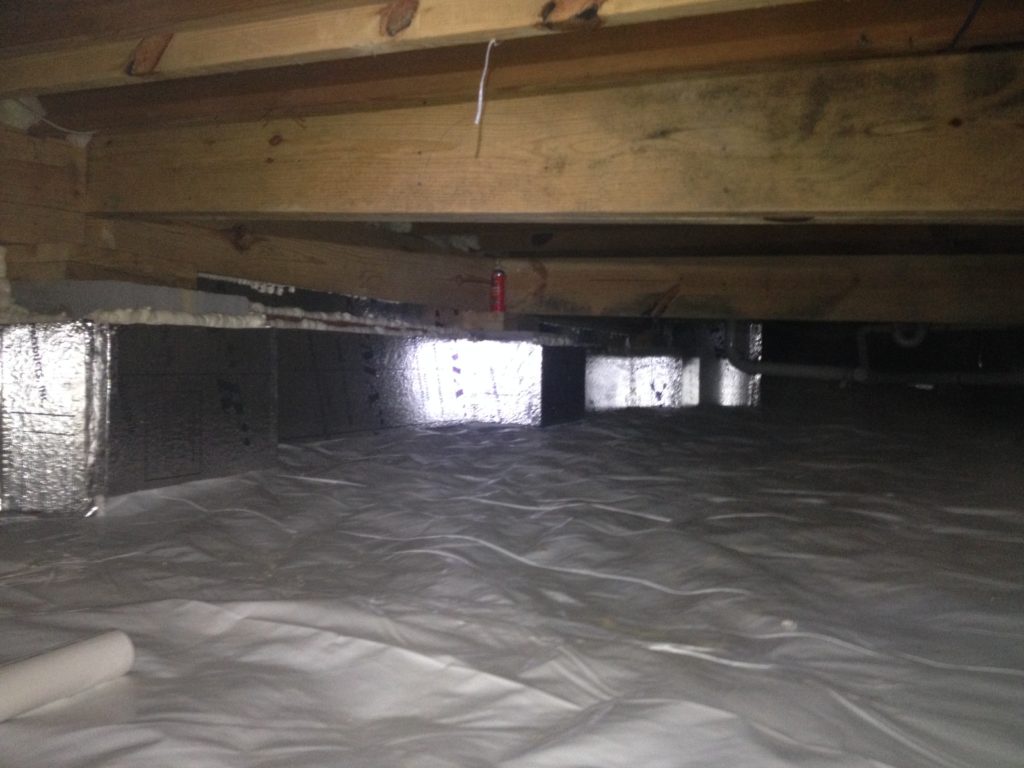Crawl space encapsulation is an often-overlooked aspect of home maintenance that plays a crucial role in ensuring a healthy and structurally sound living environment. Crawl space encapsulation in Chapel Hill is particularly important, where humid climates can pose unique challenges.
Let’s go through the detailed steps to help you effectively encapsulate your crawl space. By doing so, you will not only enhance your home's air quality and energy efficiency but also fortify it against potential structural issues.
Assess Your Crawl Space
Start by conducting a thorough assessment of your crawl space. Look for signs of water intrusion, such as damp spots or puddles, and inspect for any visible mold or pest infestations. Addressing these issues upfront is essential for preventing future problems and ensuring the success of the encapsulation process.
Remove Debris and Clean the Area
Before encapsulating, clear the crawl space of any debris, dirt, or organic matter that may have accumulated over time. This cleaning process not only provides a clean slate for encapsulation but also reduces the risk of mold growth and pest infestations.
Seal Foundation Vents
Foundation vents are designed to allow air circulation, but when encapsulating your crawl space, it's crucial to seal them. Use high-quality vent covers to create an airtight seal, preventing outside air and moisture from infiltrating the crawl space.
Install a Vapor Barrier
The installation of a vapor barrier is a cornerstone of crawl space encapsulation. Choose a durable, waterproof material and ensure it covers the entire crawl space floor, extending up the walls. This barrier acts as a shield against moisture, protecting your crawl space from potential mold growth and structural damage.
Seal Gaps and Cracks
Examine the walls and foundation for any gaps or cracks that may compromise the integrity of your encapsulation. Utilize sealants, foam insulation, and weather-stripping to seal these openings, creating a tight barrier against outside elements.
Insulate Crawl Space Walls
Consider insulating the crawl space walls to further enhance energy efficiency. Proper insulation helps maintain a consistent temperature within your home, reducing the workload on your HVAC system and ultimately lowering energy costs.
Install a Dehumidifier
Controlling humidity is paramount in preventing mold growth and maintaining a healthy indoor environment. Invest in a dehumidifier specifically designed for crawl space use to regulate moisture levels effectively.
Monitor and Maintain
Establish a routine for monitoring your crawl space, checking for signs of moisture, mold, or pest activity. Perform regular maintenance to ensure the encapsulation system remains intact and continues to protect your home effectively.
Crawl space encapsulation in Chapel Hill is a proactive measure that yields long-term benefits. By following these comprehensive steps, you can successfully encapsulate your crawl space, creating a clean, energy-efficient, and structurally sound living environment for you and your family. Take control of your home's well-being today and embrace the multitude of benefits that come with a properly encapsulated crawl space.


No comments yet